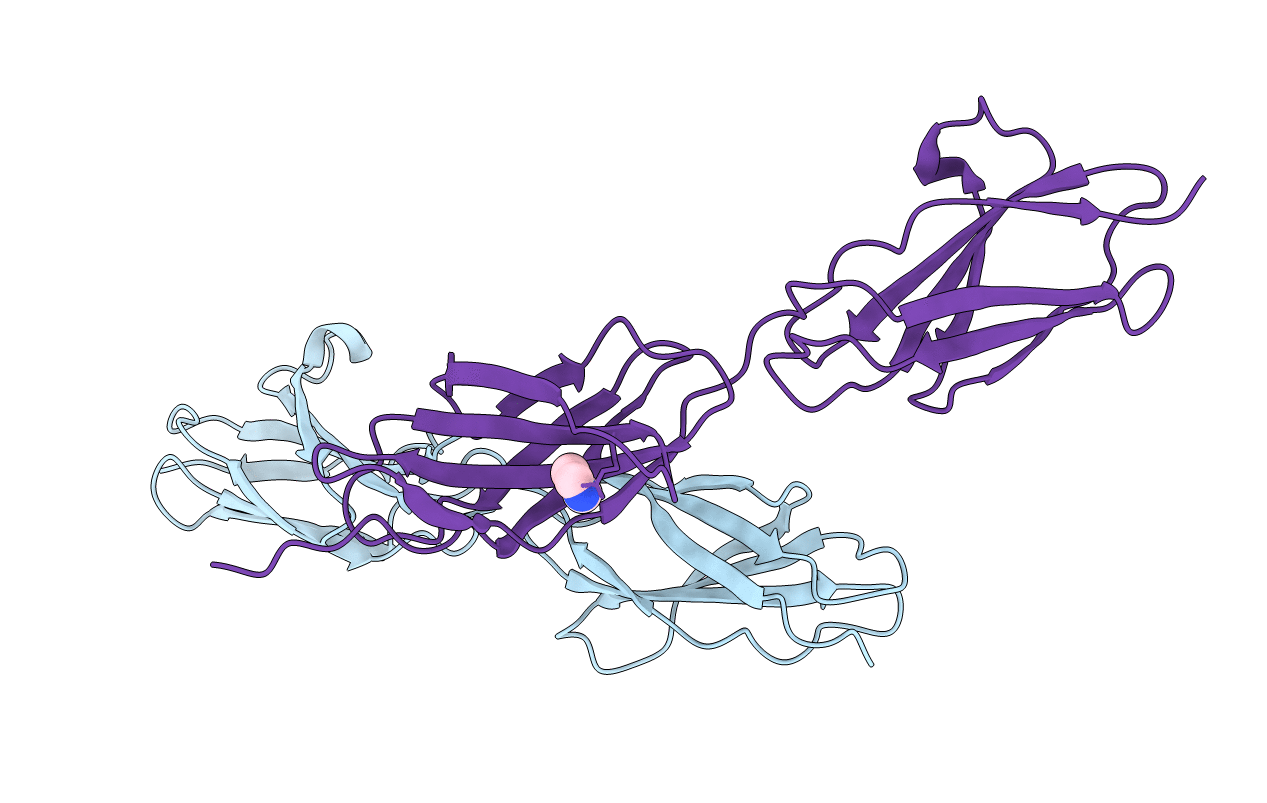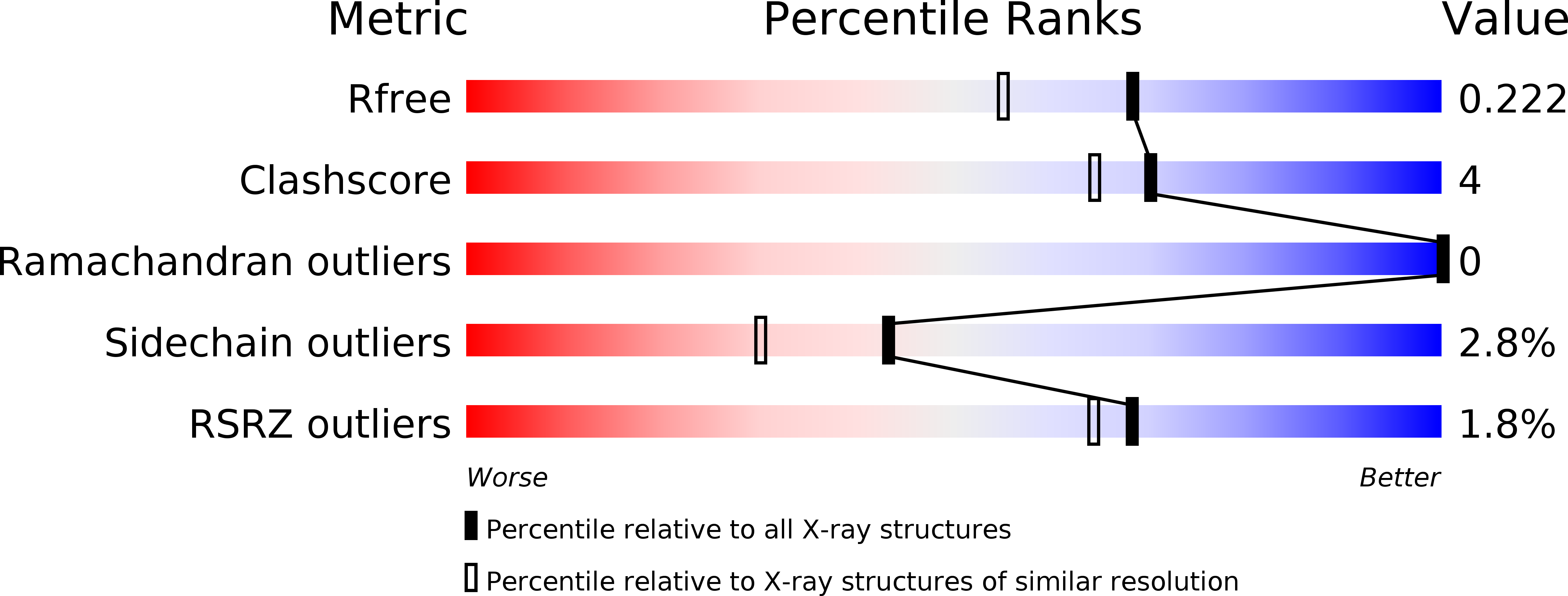
Deposition Date
2019-12-14
Release Date
2020-05-13
Last Version Date
2024-01-24
Entry Detail
PDB ID:
6TPV
Keywords:
Title:
Crystal structures of FNIII domain one and two of the human leucocyte common antigen-related protein, LAR
Biological Source:
Source Organism:
Homo sapiens (Taxon ID: 9606)
Host Organism:
Method Details:
Experimental Method:
Resolution:
1.80 Å
R-Value Free:
0.22
R-Value Work:
0.18
Space Group:
P 1 21 1


